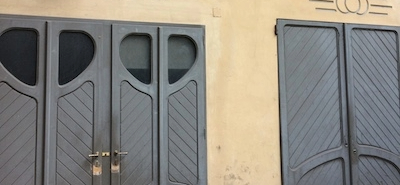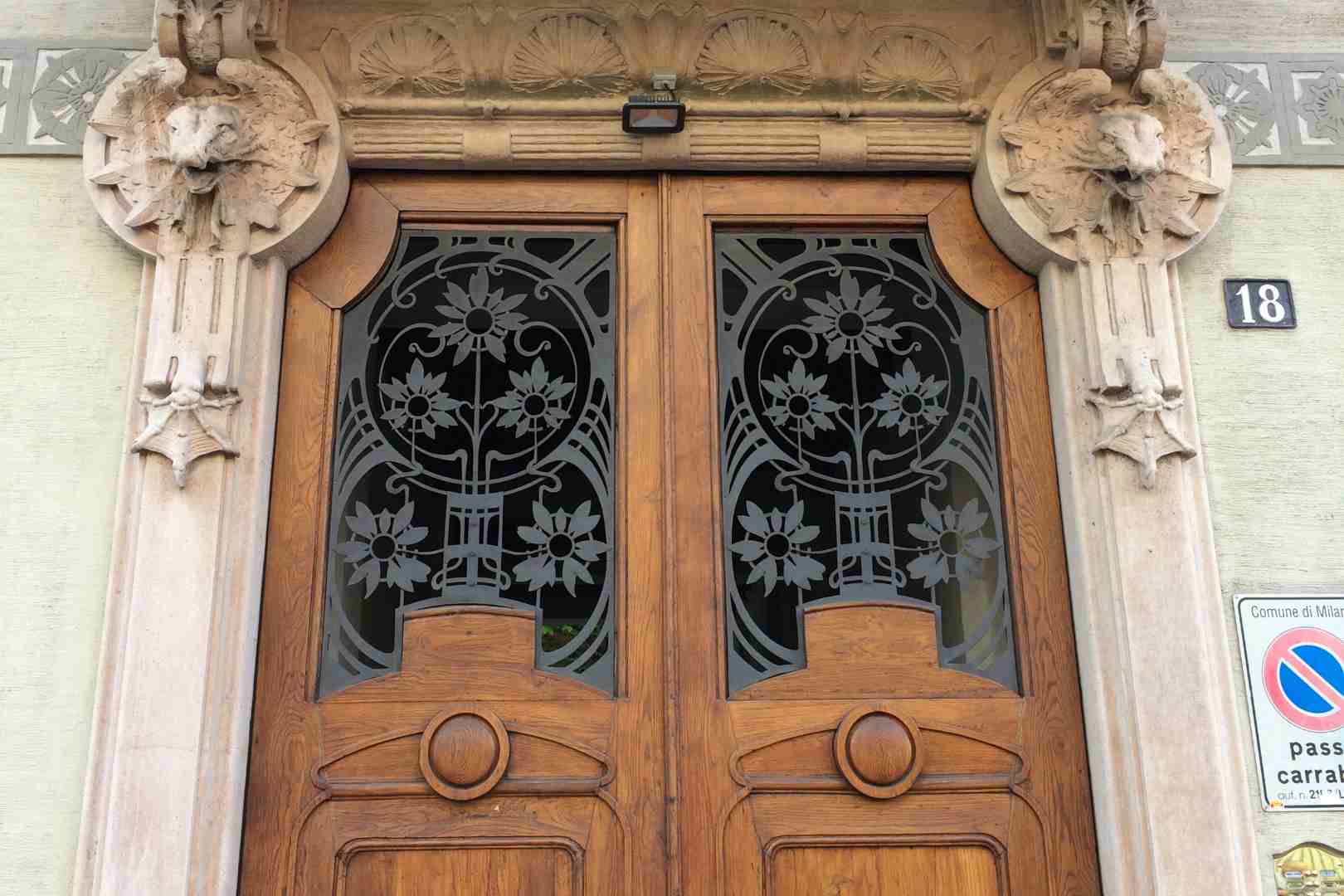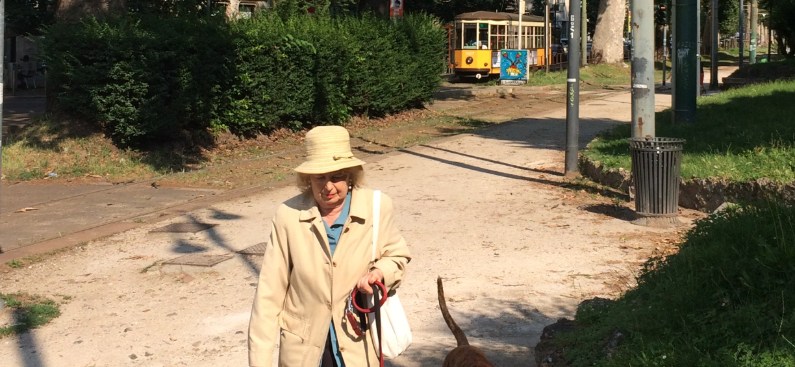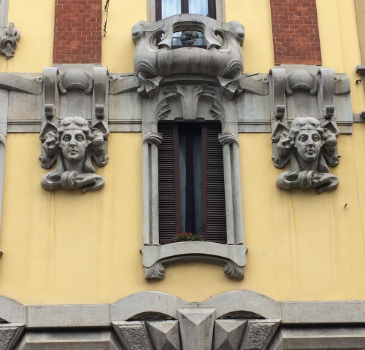For a period often romanticized and yet persistently misunderstood, Art Nouveau—or as Italy christened it, Stile Liberty or Stile Floreale—was not just a style; it was a total cultural reset. It was the moment Europe collectively decided that every object, from a grand architectural façade to a simple doorknob, should be a work of art, infused with the vitality of nature and the optimism of a new century. This highly anticipated exhibition in Brescia follows the immense success of the recent 2025 retrospective, “La Belle Époque. L’arte nella Parigi di Boldini e De Nittis,” which set the stage by bringing the glamorous world of late 19th-century Paris to Palazzo Martinengo, showcasing over 80 masterpieces by Italian masters like Boldini, De Nittis, and Zandomeneghi, alongside the fashion and decorative arts of the era.
Now, from January 24 to June 14, 2026, the historic Palazzo Martinengo will host the monumental next chapter: “LIBERTY. The Art of Modern Italy.” Curated by Manuel Carrera, Davide Dotti, and Anna Villari, this retrospective is a profound journey through the aesthetics that launched modern Italian design, featuring over 100 masterpieces. The core strength of the exhibit lies in its comprehensive scope: unlike movements confined to painting or sculpture, Liberty style was a unifying force. It rejected the mass-produced rigidity of the industrial age in favor of craftsmanship while enthusiastically embracing the modern media of advertising and photography. The exhibition will illustrate this seamless integration, highlighting how Italian artists adopted and adapted international currents into the unique Stile Floreale.
The retrospective’s brilliance is in its multi-disciplinary dialogue, allowing visitors to see the Liberty aesthetic expressed across media. The Painters—masters like Vittorio Matteo Corcos, Gaetano Previati, and Plinio Nomellini—captured the era’s blend of psychological depth and aesthetic refinement, channeling the emotional weight of the earlier “landscape-state of mind.” The three-dimensional space will be anchored by the sinuous, almost liquid grace of Sculptors like Leonardo Bistolfi and Edoardo Rubino. Beyond the canvas and bronze, the exhibit shines a spotlight on the dazzling Applied Arts, which truly embody the soul of Liberty: artistic ceramics by Galileo Chini, whose decorations were both fantastical and modern, and vibrant advertising posters by titans like Leopoldo Metlicovitz and Leonardo Dudovich. Furthermore, the inclusion of elegant women’s dresses from the era’s top ateliers demonstrates how the sinuous line flowed into fashion, radically changing the modern woman’s silhouette.
What makes “LIBERTY. The Art of Modern Italy” particularly exciting is its commitment to revealing the lesser-known. Just like the preceding show, this exhibit draws heavily from numerous private collections, promising the chance to see masterworks rarely, if ever, seen by the public, augmented by loans from prestigious institutions. By tracing the artists’ participation in landmark events, from the early Venice Biennials to the 1902 Turin International Exhibition of Modern Decorative Art, the show places these Italian masters squarely in a global, progressive context. The focus on the emerging phenomenon of “stardom” further allows us to observe this fertile period from a refreshingly modern viewpoint, linking the refined aesthetic to the birth of mass visual culture.
The grand backdrop for this aesthetic revolution is the magnificent Palazzo Martinengo Cesaresco Novarino. This 17th-century aristocratic building provides a stunning historical counterpoint, creating a mesmerizing tension between its historical frescoes and the ultra-modern art of a new century. Visitors can even explore the archaeological excavations in the basement before stepping up to confront the future. “LIBERTY. The Art of Modern Italy” is more than an exhibition; it’s a testament to the Italian genius for blending high art with everyday life. It is the unmissable continuation of a successful series, charting the final and most defining step into the modern age. Don’t miss this chance to immerse yourself in the elegant, optimistic soul of the Belle Époque’s ultimate form.






